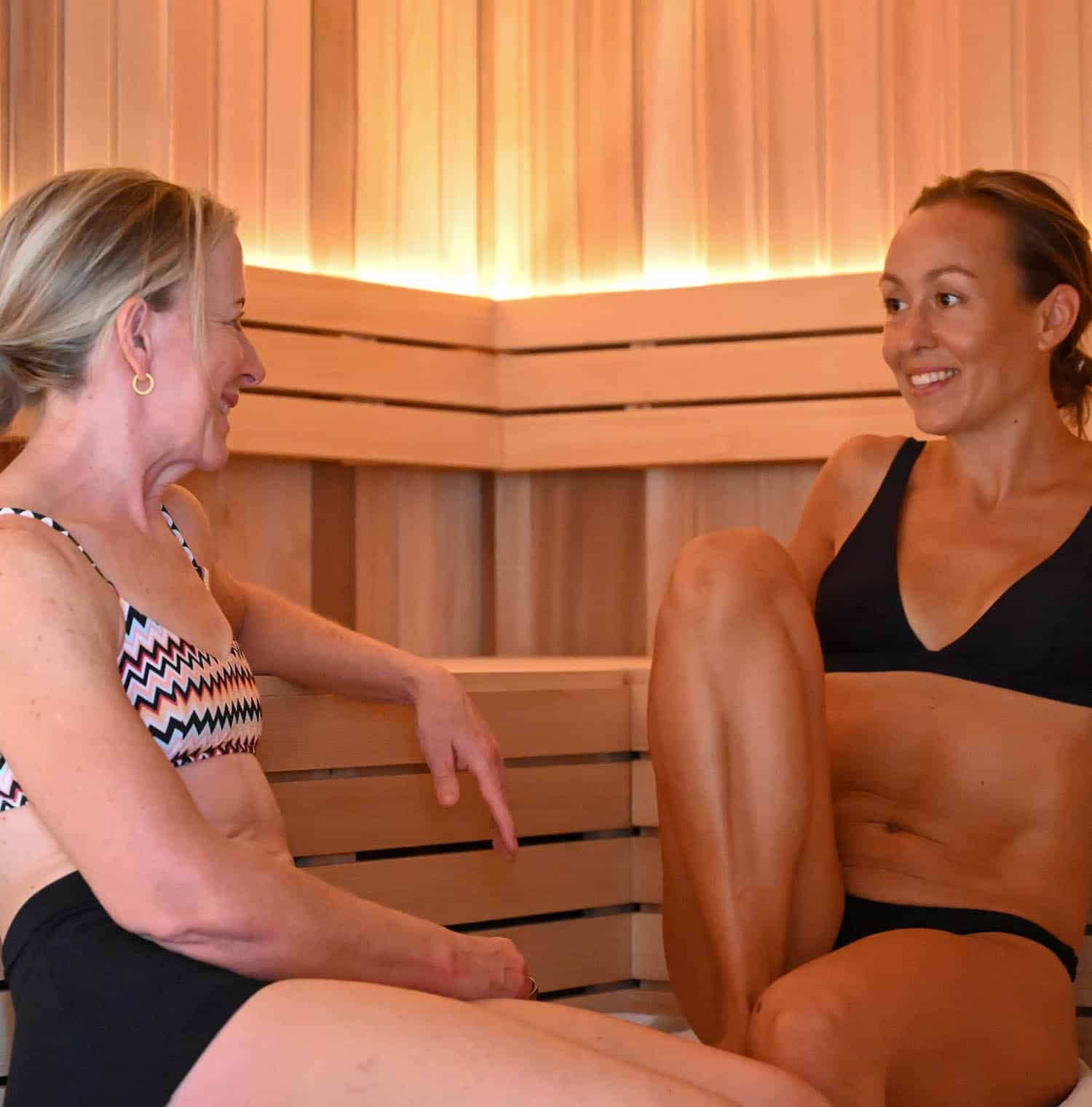Traditional saunas have been used for centuries to promote relaxation, improve circulation, and enhance overall well-being. Originating from Finland, traditional saunas are known for their dry heat, which creates a unique and powerful effect on the body.
But what exactly happens when you sit in a room heated to 70–100°C? Let’s explore the science behind traditional sauna sessions and how they benefit both your body and mind.
What is a Traditional Sauna?
A traditional sauna uses a stove or heater to warm the air inside a closed room. Temperatures typically range between 70°C and 100°C, with low humidity levels. You can increase the humidity by pouring water over heated stones, creating a brief burst of steam.
Key Features of Traditional Saunas:
- High Heat: Dry heat between 70–100°C.
- Low Humidity: Usually around 10–20%, unless you add steam.
- Sweating: The heat triggers a quick sweating response, which supports detoxification and relaxation.
Unlike infrared saunas, which heat the body directly using infrared light, traditional saunas warm the surrounding air, creating an intense but soothing heat experience.
How Your Body Responds to Sauna Heat
When you enter a traditional sauna, your body immediately begins adjusting to the high heat. This activates several natural responses that support physical and mental health.
1. Increased Heart Rate and Blood Circulation
The first thing you’ll notice in a sauna is your heart rate increasing as your body works to regulate its temperature.
- How It Works: The heat causes your blood vessels to widen (vasodilation), which increases blood flow and improves circulation.
- The Benefit: Improved circulation delivers more oxygen and nutrients to muscles and tissues, helping with recovery and overall heart health.
Tip: A 20-minute sauna session can increase heart rate to 120–150 beats per minute, similar to the effect of moderate exercise.
2. Intense Sweating and Detoxification
Sweating is your body’s natural way of cooling down, but it also plays a key role in detoxification.
- How It Works: The high heat opens up your pores and stimulates sweat glands.
- The Benefit: Sweating helps flush out toxins, including heavy metals, environmental pollutants, and metabolic waste.
Tip: You can lose up to 500 ml of sweat in a single 20-minute sauna session, leaving you feeling lighter and refreshed.
3. Muscle Relaxation and Pain Relief
The heat from a sauna penetrates deep into muscles and joints, relieving stiffness and tension.
- How It Works: Heat increases blood flow to muscles, improving oxygen supply and reducing inflammation.
- The Benefit: Eases muscle soreness, joint pain, and improves flexibility.
4. Release of Endorphins and Mood Boost
Exposure to heat stimulates the brain’s pleasure centres, triggering the release of endorphins—your body’s natural “feel-good” hormones.
- How It Works: Endorphins create a natural feeling of euphoria and relaxation.
- The Benefit: Reduces stress, improves mood, and promotes a sense of calm.
5. Lower Cortisol Levels and Stress Reduction
Sauna sessions help regulate cortisol, the body’s main stress hormone.
- How It Works: The heat triggers the body’s relaxation response, lowering cortisol levels.
- The Benefit: Reduces feelings of anxiety, helps you relax, and improves mental clarity.
6. Improved Skin Health
The combination of heat and sweating works wonders for your skin.
- How It Works: Sweating clears out clogged pores and promotes better circulation.
- The Benefit: Healthier, clearer, and more radiant skin.
Example: Regular sauna use can help manage conditions like acne and dry skin by encouraging natural oil production and improving overall skin texture.
7. Enhanced Respiratory Function
If you add steam to the sauna, the increased humidity can improve breathing and lung function.
- How It Works: Warm, moist air helps open up the airways and reduce inflammation.
- The Benefit: Improved breathing and better oxygen flow.
Tip: Sauna sessions can benefit individuals with asthma or seasonal allergies by loosening mucus and reducing sinus pressure.
How Long Should You Stay in a Traditional Sauna?
The ideal length of a sauna session depends on your experience level and comfort with heat.
- Beginners: Start with 5–10 minutes to allow your body to adjust to the heat.
- Experienced Users: Aim for 15–20 minutes for optimal benefits.
- Maximum Limit: Most people benefit from sessions lasting no more than 20 minutes to avoid dehydration and overheating.
Tip: If you feel lightheaded or uncomfortable, step out and cool down gradually.
Why Choose Vikasati for Your Sauna Experience?
Combine the soothing benefits of Traditional Sauna with deep relaxation for the ultimate recovery experience. For $46, you’ll enjoy 90 minutes of access to Vikasati’s bathhouse at our Brisbane and Gold Coast locations, where you can unwind and reset with a balanced mix of:
- Finnish Sauna: Ease muscle tension and improve circulation with deep, dry heat.
- Ice Baths: Reduce inflammation and boost mental clarity with cold therapy at 5°C.
- Magnesium Pools: Relax and rejuvenate your body with the calming effects of magnesium, known for improving muscle recovery and supporting better sleep.
Discover how pairing the restorative properties of traditional sauna with our other services can elevate your recovery and relaxation. Book your session at Vikasati Brisbane or Gold Coast today and experience the benefits of magnesium for yourself.








